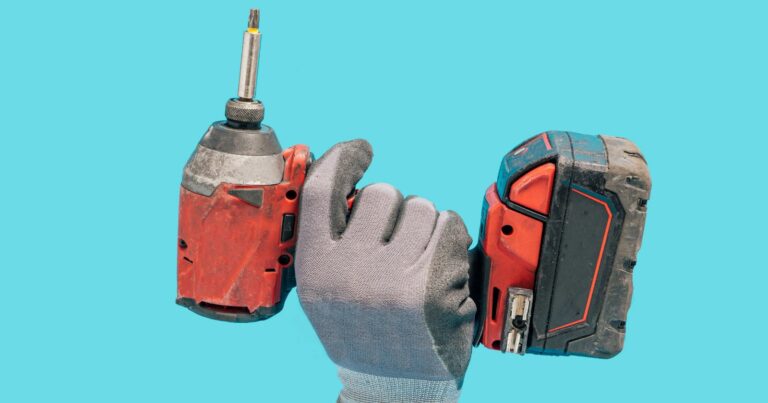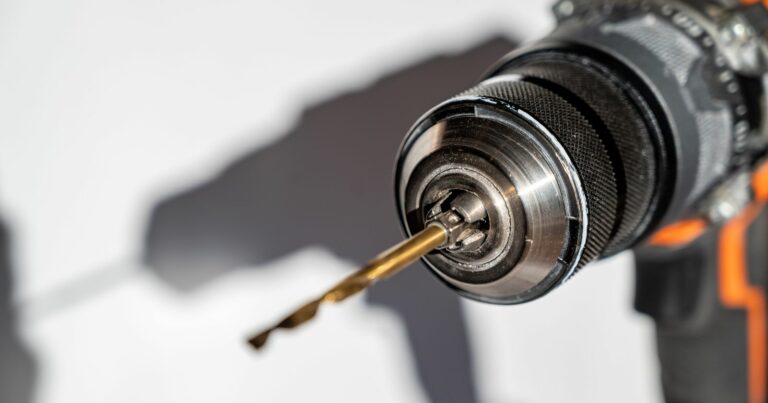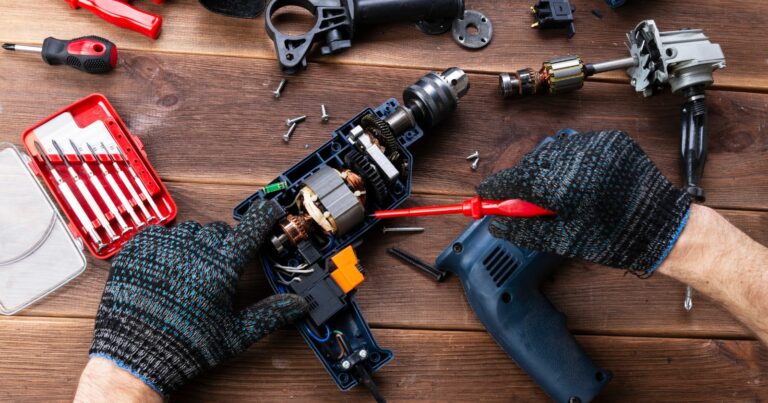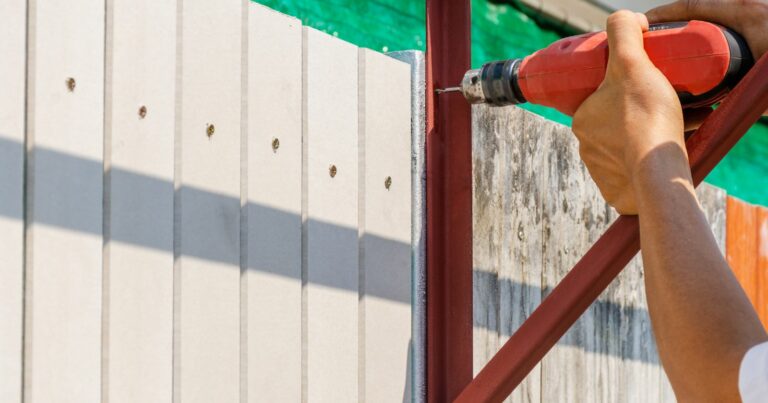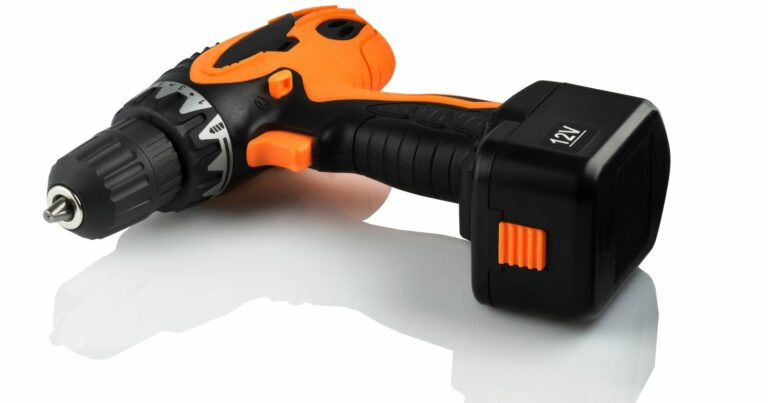Understanding Impact Driver Torque And Speed
Understanding Impact Driver Torque And Speed
Torque is commonly measured in Newton Meters (Nm) or Inch-Pounds (in-lbs), offering a benchmark for evaluating the strength of various tools. Conversely, speed is quantified in revolutions per minute (RPM), reflecting the rapidity at which the tool can insert a screw.
When it comes to power tools that pack a serious punch, impact drivers stand out for their ability to drive screws at astonishing speeds. But what truly sets these tools apart isn’t just their speed; it’s their impact driver torque. Torque, in the realm of impact drivers, refers to the turning force of the driver, a critical factor that determines how effectively a screw is driven into material without causing damage to the screw head or the material itself. Understanding the nuances of impact driver torque is essential for both DIY enthusiasts and professional contractors, as it influences the choice of tools for specific projects and the success of those projects.
In this guide, we’ll dive deep into the world of impact driver torque, exploring why it matters, how it’s measured, and how you can choose and use your impact driver to its full potential. Whether you’re a seasoned professional or just starting out, this exploration will enhance your understanding of impact drivers and help you make informed decisions about this indispensable tool in your arsenal.
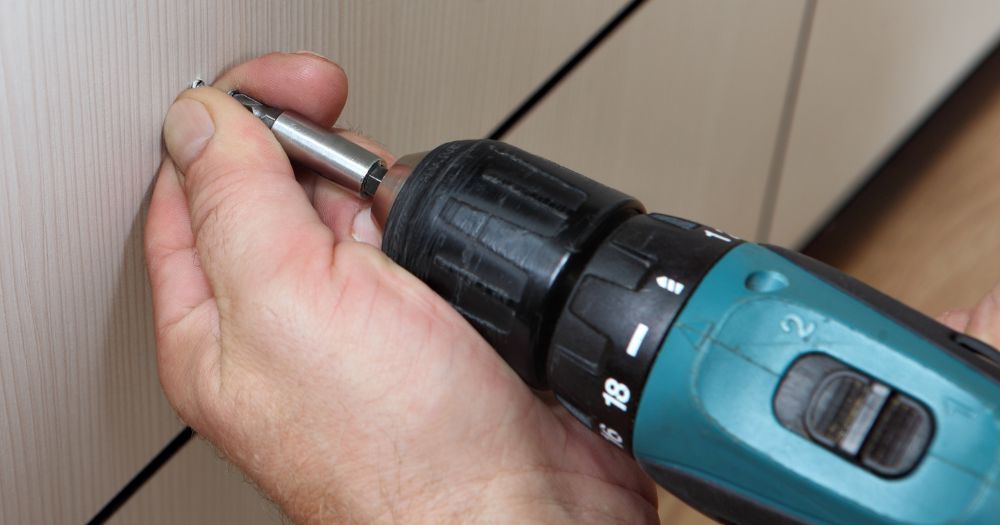
Understanding Impact Driver Torque
Torque is the lifeblood of many power tools, especially impact drivers. It’s what gives these tools their renowned ability to drive screws and bolts with ease. But to truly harness the power of an impact driver, it’s crucial to grasp the concept of torque and its impact on tool performance.
What Is Torque?
Torque is essentially a measure of the rotational force that a tool applies to a screw, bolt, or nut. In the context of impact drivers, it refers to the force that the driver exerts to turn an object around an axis. The significance of torque in tool performance cannot be overstated. It determines how effectively a tool can drive a fastener into a variety of materials without stripping the head or causing damage. A higher torque means more driving power, enabling the tool to handle larger screws or denser materials with greater ease.
Measuring Torque: The Basics
Torque measurements provide a quantitative way to compare the power of different tools. It’s typically measured in two units: Newton Meters (Nm) and Inch-Pounds (in-lbs). Newton Meters is a metric unit of torque, while Inch-Pounds is the imperial counterpart. The conversion between the two is straightforward: 1 Nm is equivalent to about 8.85 in-lbs. When selecting an impact driver, understanding these measurements can help you choose a tool that best fits the demands of your projects.
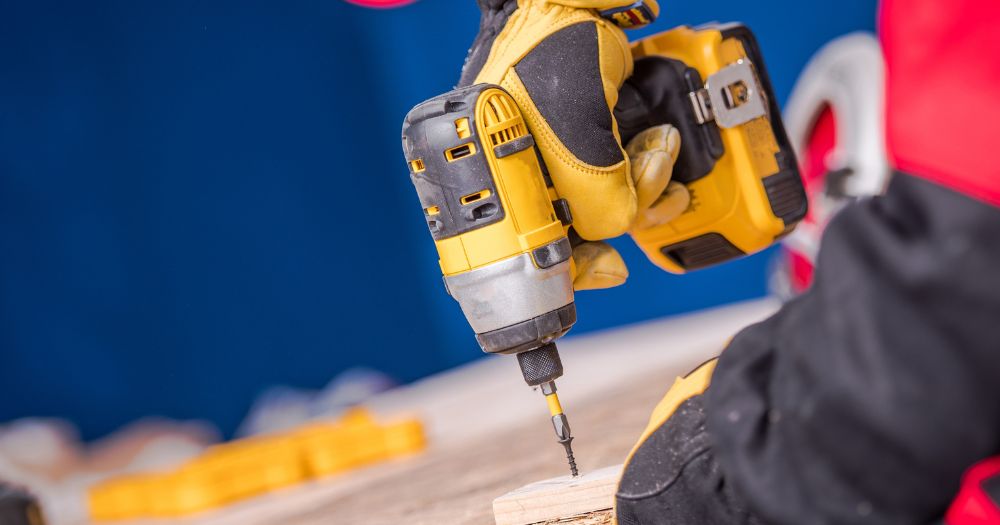
Impact Drivers vs. Drill Drivers: A Torque Comparison
To appreciate the significance of torque in impact drivers, it’s helpful to compare them with drill drivers. Here’s a simple comparison table that highlights the torque differences between the two:
| Feature | Impact Driver | Drill Driver |
| Torque | High (typically 100-200 Nm) | Lower (typically 40-60 Nm) |
| Mechanism | Hammering action combined with rotation | Continuous rotation |
| Primary Use | Driving screws and bolts | Drilling holes and light screw driving |
| Material Suitability | Dense materials, large screws | Lighter materials, smaller screws |
This table illustrates that impact drivers generally offer significantly higher torque compared to drill drivers, thanks to their unique hammering mechanism. This mechanism not only amplifies torque but also minimizes the strain on the user, making impact drivers ideal for heavy-duty tasks that require high torque.
Understanding the nuances of impact driver torque, from its definition and measurement to its comparison with drill drivers, sets the foundation for selecting and utilizing these powerful tools effectively. Armed with this knowledge, you’re better equipped to tackle a wide range of projects with confidence and precision.
Why Torque Matters in Impact Drivers
Torque is not just a technical specification on your impact driver; it’s a key factor that determines the tool’s effectiveness and versatility. Understanding why torque matters can transform the way you approach various projects, ensuring you get optimal results every time you reach for your impact driver.
The Role of Torque in Driving Screws
At its core, torque plays a pivotal role in the capability of an impact driver to drive screws efficiently and accurately. Here’s why it’s so crucial:
- Efficiency in Driving Large or Long Screws: High torque is essential when working with large screws or fastening materials together that require significant force. An impact driver with a high torque rating can drive these screws more swiftly and effortlessly, making it a go-to tool for heavy-duty tasks.
- Reducing the Risk of Stripping Screws: One of the frustrations in any project is stripping a screw, rendering it useless and complicating the task at hand. A higher torque, especially when coupled with an impact driver’s hammering action, significantly reduces the likelihood of stripping screws. This is because the tool can maintain a strong, consistent driving force, even in challenging situations.
Torque and Material Considerations
Not all materials are created equal, and the torque needed for driving screws into pine wood differs vastly from that required for hardwood or metal. Here’s where the versatility of an impact driver shines:
- Adjusting Torque for Different Materials: The ability to adjust or choose an impact driver based on its torque output is crucial. For softer materials, a lower torque setting prevents damage and ensures the screw is not driven too deep. Conversely, harder materials demand higher torque for effective screw driving.
- Importance of Torque Control: Modern impact drivers often feature adjustable torque settings, allowing users to tailor the driving force to the task at hand. This torque control is vital for ensuring not only the effectiveness of the tool across different materials but also the longevity of the screws and materials themselves.
In essence, the torque of an impact driver is a fundamental aspect that affects its efficiency, the quality of work produced, and the user’s ability to work with a diverse range of materials. By understanding and leveraging the power of torque, users can enhance their tool’s performance, extending its application beyond simple tasks to more complex and demanding projects. Whether you’re a professional contractor or a DIY enthusiast, appreciating the role of torque in impact drivers will help you achieve superior results with every project you undertake.
Watch This Video And Learn About Understanding Impact Driver Torque And Speed
Understanding Torque Specifications
When it comes to impact drivers, torque is a key factor that should influence your choice. Here’s how you can navigate torque specifications to find the ideal tool:
- Reading and Interpreting Torque Specs on Tool Packaging: Torque specifications are usually listed on the tool’s packaging or in the product description online. These specs are typically given in Newton Meters (Nm) or Inch-Pounds (in-lbs), indicating the tool’s maximum rotational force. Understanding these numbers will help you gauge the tool’s capability to handle different materials and screw sizes.
- High Torque vs. Low Torque Impact Drivers: Pros and Cons:
- High Torque Impact Drivers are best suited for heavy duty tasks, such as construction projects or working with dense materials. They offer the power needed to drive large screws with ease. However, they can be heavier and more expensive.
- Low Torque Impact Drivers are ideal for lighter tasks and precision work, offering better control and maneuverability. They’re also typically lighter and more affordable, but may struggle with larger, tougher jobs.
Top Impact Drivers with High Torque Ratings
Now, let’s take a brief look at some of the leading impact drivers on the market, known for their high torque outputs:
- DeWalt DCF887B: Known for its robust build and reliability, the DeWalt DCF887B boasts a torque rating of up to 1825 in-lbs, making it a powerhouse for demanding tasks. Its three-speed settings provide versatility for different projects, ensuring both power and precision.
- Milwaukee M18 Fuel 2853-20: The Milwaukee M18 Fuel shines with its impressive torque of 2000 in-lbs. It’s designed for efficiency, with a brushless motor that provides more power and longer life. Its compact size does not compromise on power, making it a favorite among professionals.
- Makita XDT16Z: Offering advanced features and a high torque output of 1600 in-lbs, the Makita XDT16Z is a top contender. It includes a quick-shift mode for increased fastening control, and its brushless motor optimizes battery life for extended use on the job site.
Choosing the right impact driver involves considering the balance between torque, weight, price, and the specific needs of your projects. By understanding the importance of torque specifications and reviewing models with high torque ratings, you can make an informed decision that ensures your tool not only meets but exceeds your expectations.
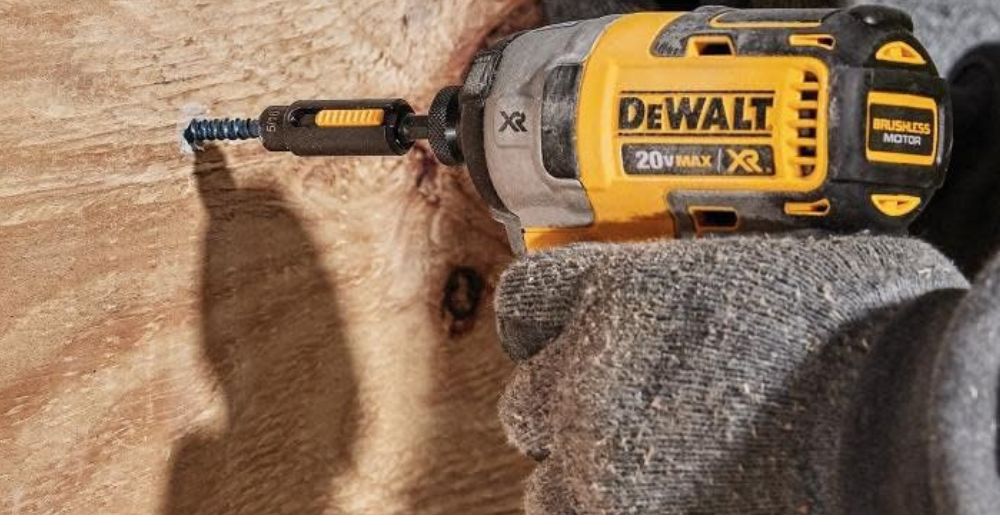
Maximizing Torque Efficiency: Tips and Tricks
Achieving optimal performance from your impact driver is not solely about the tool’s specifications; it also depends on how you use and maintain it. Proper usage techniques and regular maintenance can significantly enhance torque efficiency, ensuring that your impact driver operates at peak performance for every task. Here are some invaluable tips and tricks for maximizing torque efficiency in your impact driver.
Proper Usage for Optimal Torque
The way you handle and operate your impact driver can greatly affect its torque output and efficiency. Here’s how to ensure you’re getting the most out of your tool:
- Correct Posture and Grip: Hold the impact driver firmly with both hands when possible, aligning it straight with the screw. This ensures that all of the torque is directed into driving the screw, rather than being lost through sideways movement or vibration. A stable stance and a firm grip can also prevent slippage and reduce the risk of stripping the screw head.
- Adjusting Speed Settings for Best Torque Output: Many impact drivers come with variable speed settings that allow you to control the torque output. For tasks requiring high torque, use a slower speed setting to ensure maximum force is applied. Conversely, for lighter tasks, a higher speed with less torque can prevent damage to the material or fastener.
Maintenance Tips to Keep Torque at Peak Levels
Regular maintenance is crucial for keeping your impact driver in top condition and ensuring its torque output remains high. Here are a few maintenance tips to follow:
- Routine Cleaning and Lubrication: After each use, clean your impact driver to remove dust, debris, and any buildup that could affect its performance. Periodically, apply lubricant to the moving parts according to the manufacturer’s instructions. This helps reduce friction and wear, preserving the tool’s torque efficiency.
- Battery Management for Cordless Models: For cordless impact drivers, battery health directly impacts performance. Always use the correct charger and follow the manufacturer’s charging instructions. Avoid letting the battery fully depleted before recharging, and store batteries in a cool, dry place to extend their lifespan and maintain optimal power output.
By implementing these tips and tricks, you can maximize the torque efficiency of your impact driver, ensuring it delivers powerful, consistent performance for every project. Proper usage techniques, combined with regular maintenance, will extend the life of your tool and enhance your work, whether you’re a professional contractor or a DIY enthusiast.
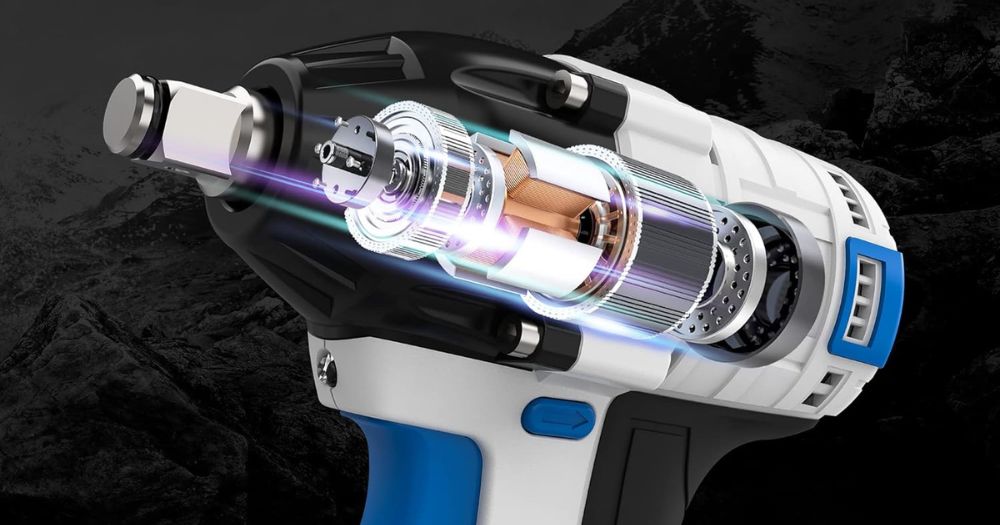
Wrapping Up Understanding Impact Driver Torque And Speed
Navigating the world of impact drivers and understanding the pivotal role of torque is crucial for anyone from the DIY enthusiast to the professional contractor. Torque, the force that drives your impact driver, significantly influences the efficiency, precision, and outcome of your projects. Choosing the right torque for your impact driver isn’t just about selecting a tool; it’s about choosing a partner that will help you achieve your project goals with ease and efficiency.
Let’s create a space where we can learn from each other, share our passion for tools, and continue to grow as craftsmen and craftswomen. Your contributions make impactdriverdrill.com more than just a resource; they make it a community. So, grab your keyboard, and let’s start the conversation. Share your experiences, tips, and questions in the comments below. Together, we can drive towards success in all our projects.


